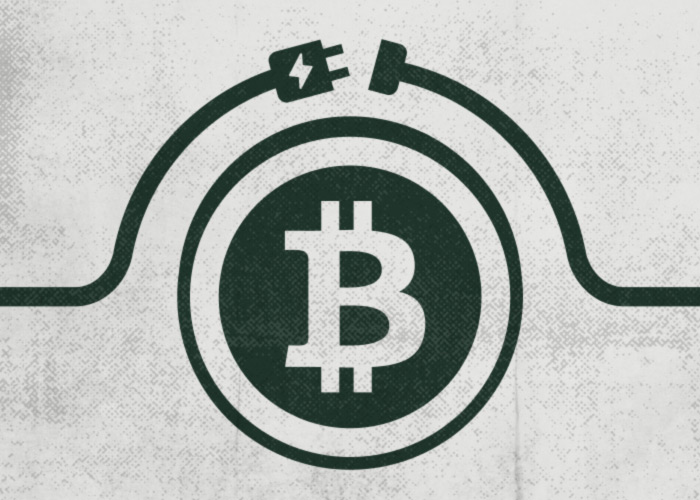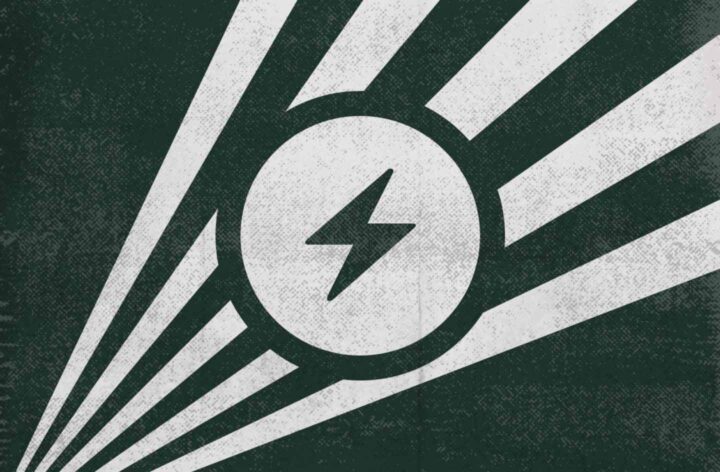How Does the Lightning Network Turn Bitcoin Into a Payment Tool?

The unique features of cryptocurrencies make them highly resistant to hacking and disconnection, along with the ability to transfer funds to any part of the world quickly and without an intermediary. To ensure these undeniable benefits, some trade-offs have to be made. For example, the largest blockchain network, Bitcoin, due to its features, has limitations on the number of transactions per second (TPS), which is a significant disadvantage and stands in the way of the mass use of BTC as a means of payment.
The Lightning Network (LN), a unique solution, was created to overcome this and other restrictions and increase Bitcoin’s bandwidth. This is a special layer-2 payment protocol responsible for making payments in BTC, but it doesn’t use the main blockchain network of the first cryptocurrency. Let’s consider the features of its functioning and the pros and cons of this solution.
How the Lightning Network Works

The Bitcoin network processes about seven transactions per second. For comparison, Mastercard processes more than 5,000 TPS, Visa — over 24,000 TPS, and Solana — up to 400,000 TPS.
The Lightning Network is a unique compromise solution that preserves the decentralization and high level of security of the Bitcoin main network while increasing its performance. This is achieved by adding a layer-2 network, where transaction processing is much faster and cheaper. On-chain analytics data shows that the average transaction fee on the Bitcoin network is $2.6 as of April 7, 2023. Here and below, the statistics are as of this date. So, the LN has a transaction fee of 0.002 satoshis, or around $0.0000006.
The scaling possibilities of the Lightning Network are theoretically unlimited. According to blockchain researcher Joe Kendzicky, this network is capable of processing at least 1 million transactions per second.
Operating Principles of the Lightning Network
The LN operates based on unique payment channels, each of which is a bilateral agreement between two users that allows them to quickly and securely make multiple BTC microtransactions with each other. There’s no need to record each transaction on the Bitcoin blockchain.
How the channels work:
- Two users create a multi-signature (multisig) transaction on the Bitcoin main network. This transaction freezes a certain amount of BTC in an account available to both participants. Thereafter, the maximum amount of payments is limited to the frozen amount.
- Further, all movements of funds are recorded in the form of commitment transactions, which represent the current distribution of funds in the channel.
- When participants decide to close the channel, they sign and transmit the last commitment transaction to the Bitcoin main network. This allows frozen funds to be distributed among participants according to their current balances in the channel.
Hashed Timelock Contracts (HTLC) are used to ensure the security of transactions between channel members. This technology guarantees that transactions will only be executed if both parties have fulfilled their obligations. This is achieved through the use of secret keys that are disclosed upon successful completion of the transaction.
Application of the Lightning Network

The use of the LN is virtually unlimited in theory if you don’t take into account the number of frozen funds. The protocol can perform even the smallest transactions with minimal fees, such as paying for clothes or shoes, paying for service in a café or restaurant, getting a haircut at a beauty salon, and other goods and services with BTC.
The network principle of the Lightning Network structure doesn’t require direct open channels between a buyer and a seller — several channels can be used for routing payments to reach the addressee’s address.
It should be noted that there are already various BTC wallets, providing the possibility to open channels and make transfers via the LN. For newcomers, BlueWallet, WalletSatoshi, or NiceHash will do. For more advanced users, there are Breez, Muun, Phoenix, Zap Wallet, Eclair Mobile, ThunderHub, Umbrel, Casa Node, RaspiBlitz, and others.
Pros and Cons of the Lightning Network

There are several important advantages to using the Lightning Network to make BTC payments:
- Instant transactions. Transfers are made outside of the main network, which makes them much faster.
- Minimal commissions. Transactions are executed and settled outside of the main network, which significantly reduces commissions and provides the opportunity to make micropayments.
- High scalability. The protocol can process millions of cryptocurrency transactions, making Bitcoin a viable alternative to traditional payment systems.
- Strong interoperability. The development and implementation of atomic swaps and cross-chain protocols ensure transactions between different blockchain networks without intermediaries.
- Enhanced privacy. Only one transaction is entered into the public blockchain when the payment channel is closed and the balance is paid to all participants.
Despite all the advantages, the Lightning Network also has drawbacks:
- Difficulty of use. The Lightning Network requires a certain level of technical literacy, as users have to set up a wallet.
- Limitations on the number of payments. Although the transaction route can go through different channels, the available funds on them are sometimes not enough for a large transfer.
- Lack of offline payments. Each party must have access to the network to make transfers.
Another drawback of the LN is its relative centralization. According to critics, users are customers of large payment hubs, which makes the Lightning Network more and more similar to a conventional banking system. Moreover, large network nodes can become points of failure.
Prospects for Further Development

Right after the creation of the Lightning Network, a limit on the number of coins stored in the channel was set at 0.1677 BTC. However, over time, the limits were almost completely removed. Today, an increasing number of crypto exchanges (Bitstamp, Bitfinex, Kraken, etc.) and trading apps (Robinhood) begin to support operations with the LN. And the list is rapidly expanding.
Fun fact: in September 2021, El Salvador authorities passed a bill recognizing Bitcoin as an official means of payment, after which the state-sponsored wallets Chivo began integrating the Lightning Network.
The LN continues to expand actively beyond BTC. In spring 2022, the Lightning Labs executives managed to raise $70 million to create the Taro protocol, which enables stablecoin transactions within the LN. Blockstream created the c-Lightning protocol based on the LN in the C programming language. Litecoin is also introducing its own version of the Lightning Network. Among other things, the LN already supports BCH, GRS, HIT, and several other assets.
In short, the Lightning Network project is constantly evolving, penetrating into different segments of the cryptocurrency market and the real economy. At the time of writing, the LN network has more than 18,000 nodes and 75,000 channels. The total amount of frozen funds increased by over 65% in the last year, reaching ~5,470 BTC. And according to experts, the scale of the project will only grow in the coming years.











